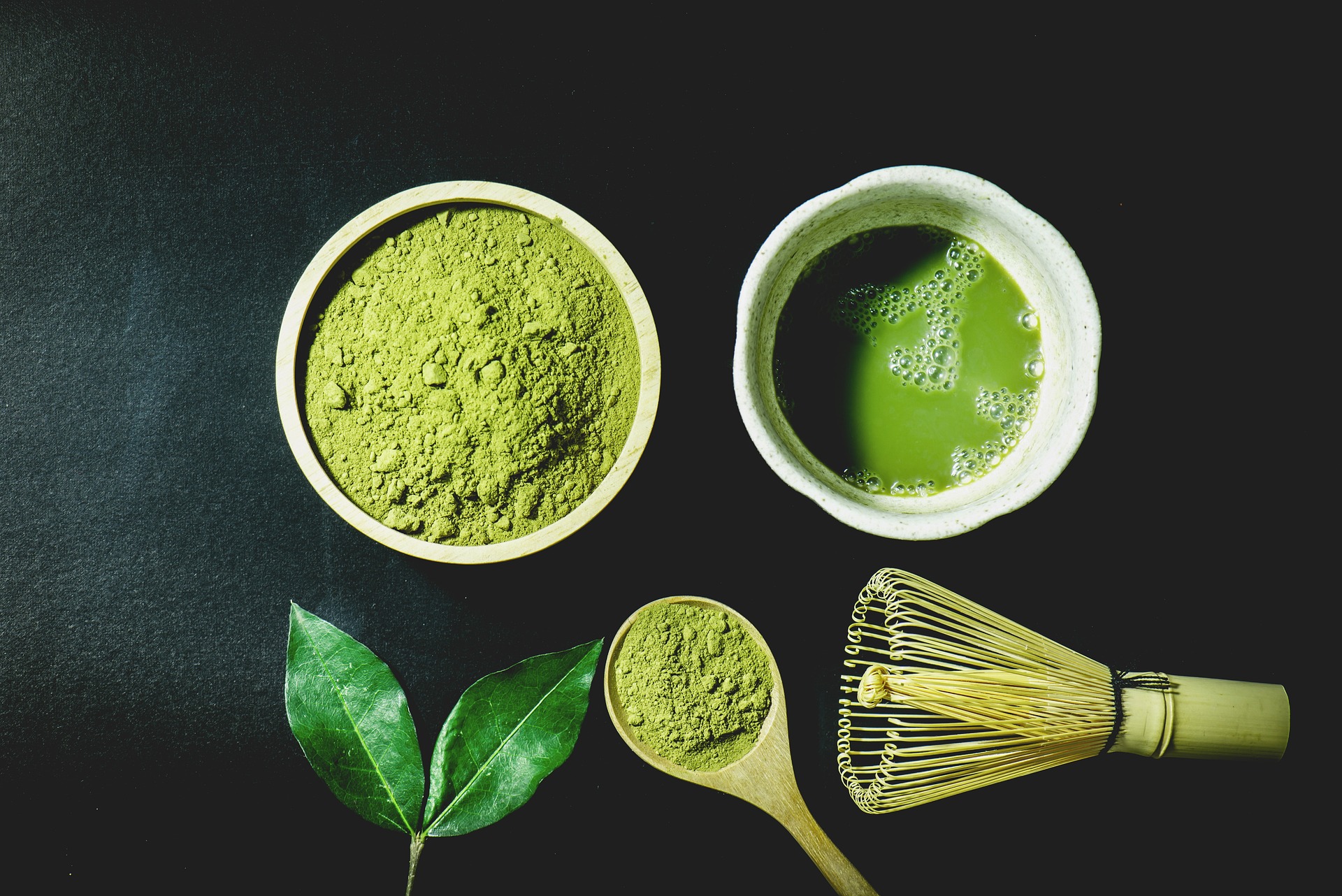Matcha Tea: Origins, Preparation, Uses, and Health Notes
Matcha is a form of powdered green tea traditionally associated with Japan. Made from shade-grown tea leaves that are stone-ground into a fine powder, matcha has a distinctive bright green color and concentrated flavor. This introduction outlines what matcha is, how it’s prepared, common culinary uses, cultural context, and practical health considerations.

What is matcha tea?
Matcha is a powdered form of green tea that is produced by grinding whole tea leaves into a fine powder. Unlike steeped loose-leaf tea, when you drink matcha you consume the entire leaf, which concentrates flavor and nutrients. The powder dissolves into hot water or milk, creating a creamy texture and a vegetal, slightly sweet taste that varies by grade and processing method. Matcha is used in both ceremonial contexts and everyday beverages.
Matcha’s processing begins weeks before harvest when plants are shaded to boost chlorophyll and amino acid levels. After picking, leaves are steamed to halt oxidation, dried, and deveined; the remaining leaf material, known as tencha, is then ground into matcha powder. Different grades—ceremonial, culinary, and ingredient-grade—are produced for specific uses.
How does Japanese matcha differ from other green teas?
Japanese matcha differs from many other green teas in cultivation and preparation. While most green teas are steeped and the leaves discarded, matcha is cultivated under shade to alter its chemical profile, producing higher L-theanine and a more vibrant green color. The stone-grinding process produces a fine powder rather than whole or broken leaves. These factors combine to create a texture, flavor intensity, and concentration of compounds distinct from sencha, bancha, or other brewed green teas.
Regional nuances within Japan also matter: matcha from Uji, Nishio, or other growing areas may have subtle taste and aroma differences based on soil, climate, and harvesting practices. Understanding these differences can help when selecting matcha for drinking versus culinary uses.
How to prepare matcha powder properly
Traditional preparation involves sifting 1–2 grams of matcha powder into a bowl, adding about 60–80 ml of hot water (not boiling—around 70–80°C / 160–175°F), and whisking rapidly in a zigzag motion with a bamboo whisk until frothy. This method prioritizes flavor clarity and a creamy foam layer. Adjust the amount of powder and water to taste; ceremonial-grade matcha is best enjoyed with just water to appreciate its subtle nuances.
For everyday or modern variations, matcha can be blended into lattes, smoothies, or cold drinks. When using milk or plant-based alternatives, dissolve the powder first in a small amount of warm water to avoid clumping, then add steamed milk and sweetener as desired. Storage in an airtight container in a cool, dark place preserves color and aroma longer.
Uses of matcha in cooking and beverages
Matcha powder is versatile beyond the tea bowl. Culinary matcha is formulated to hold up to heat and pairs well in baking, ice creams, confections, and savory sauces. Its concentrated color and flavor make it popular in pastries, pancakes, and dressings where a green tea note is desired. For beverages, matcha lattes, iced matcha, and blended drinks offer varied textures and levels of sweetness.
When substituting matcha in recipes, consider grade and intensity: culinary-grade matcha is appropriate for mixed applications, while ceremonial-grade matcha is typically reserved for direct consumption. Because matcha is potent, start with modest amounts and adjust to balance bitterness and sweetness in recipes.
Matcha and health: nutrients and precautions
Matcha contains antioxidants, particularly catechins like EGCG, along with caffeine and the amino acid L-theanine. Together, these compounds produce a stimulating yet often perceived calming effect compared with coffee, due to L-theanine’s moderating influence. Matcha also provides small amounts of vitamins and minerals from the whole-leaf consumption. However, concentration varies by grade, serving size, and preparation method.
This article is for informational purposes only and should not be considered medical advice. Please consult a qualified healthcare professional for personalized guidance and treatment.
Because matcha is a concentrated source of caffeine and plant compounds, individuals who are pregnant, breastfeeding, sensitive to stimulants, or taking certain medications should consult a healthcare provider before regular use. Moderation and awareness of total daily caffeine intake help manage potential side effects like jitteriness or sleep disruption.
Conclusion
Matcha is a distinct form of green tea valued for its powder form, vibrant color, and concentrated profile. From traditional Japanese tea ceremonies to modern culinary uses, matcha offers a wide range of sensory and practical applications. Understanding differences in grade, preparation techniques, and potential health considerations helps you choose and enjoy matcha in ways that suit personal taste and lifestyle.






